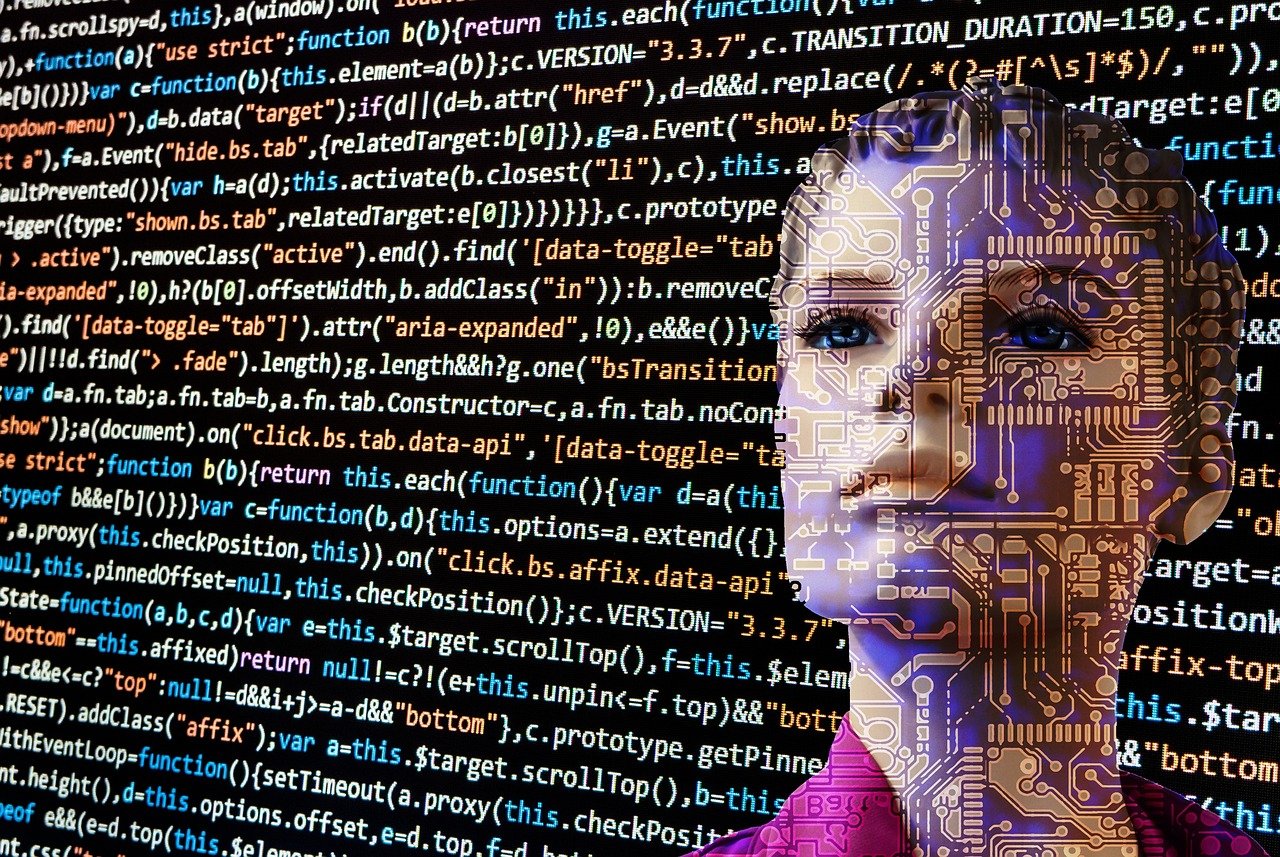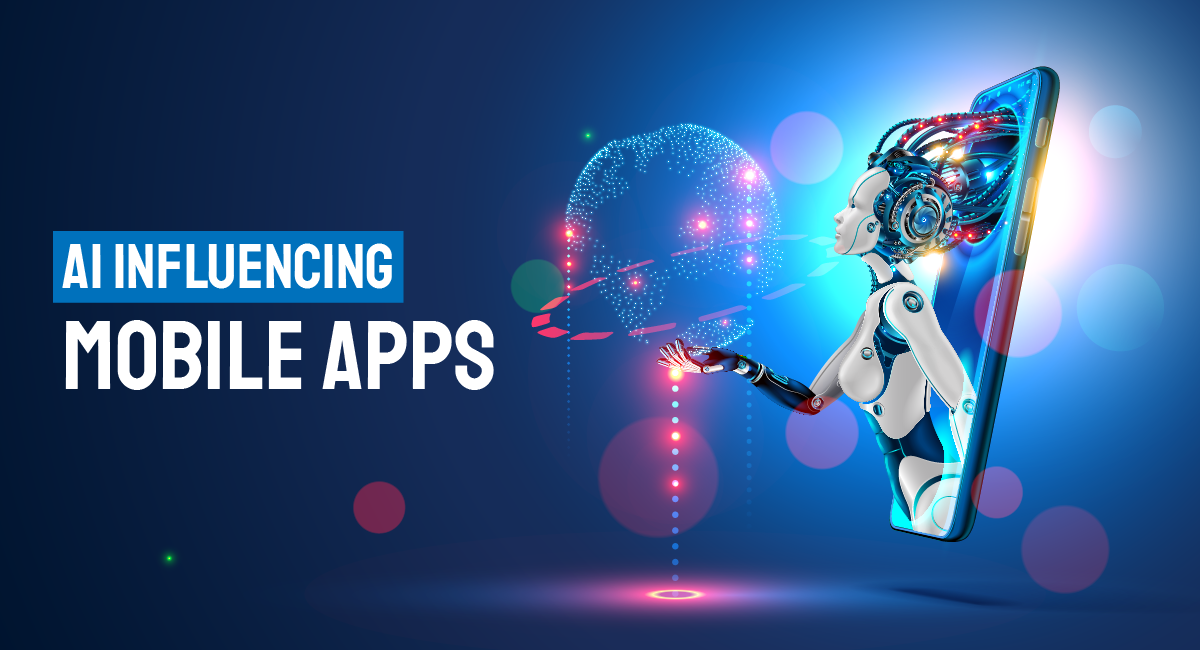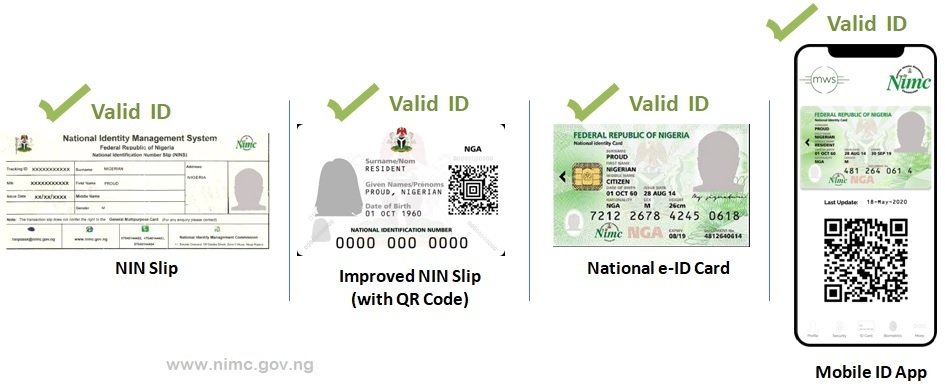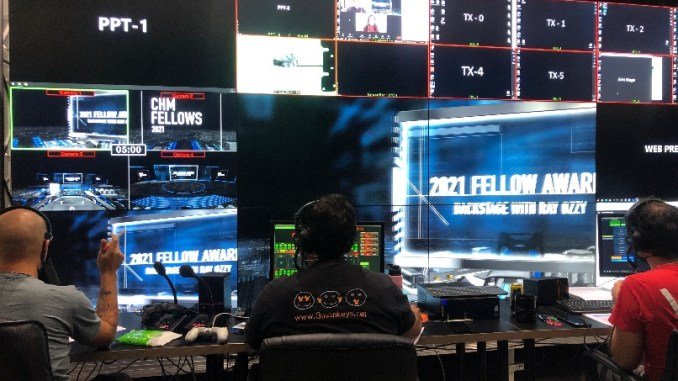See How is Artificial Intelligence Assisting Web Design these days

In the ever-evolving world of web design, Artificial Intelligence (AI) is making a significant impact. This innovative technology is revolutionizing the way websites are created, optimized, and enhanced. From automated design generation to personalized user experiences, AI is reshaping the way designers approach their craft.
Automated Design Generation
AI-powered tools are enabling designers to create stunning layouts and designs with unprecedented speed. By analyzing design trends and user preferences, AI algorithms generate templates and mockups that serve as a foundation for further customization. This significantly reduces the time and effort required in the initial design phase.
With AI assisting web design, designers can focus more on the creative aspects of their work, allowing them to explore new ideas and push the boundaries of design. By automating repetitive tasks, AI frees up designers’ time, enabling them to work more efficiently and effectively.
Personalized User Experiences
AI is making websites more interactive and user-centric. Through data analysis and machine learning, AI algorithms track user behavior and preferences. This data is then used to tailor content, recommendations, and even design elements to individual users, providing a more engaging and relevant experience.
With AI, web designers can create personalized user experiences by delivering content that aligns with users’ interests and needs. By understanding user behavior, AI can optimize the layout, structure, and content of a website to maximize engagement and conversion rates.
Enhanced Content Creation
AI-driven content creation tools are transforming the way content is generated for websites. These tools can produce blog posts, product descriptions, and even social media updates based on specific keywords and themes. This not only saves time for designers but also ensures a steady flow of fresh and relevant content.
AI-powered content creation tools employ natural language processing and machine learning algorithms to generate high-quality and engaging content. These tools can analyze vast amounts of data to identify trends, patterns, and key insights that can inform the content creation process.
Responsive Design Optimization
With the rise of mobile browsing, responsive design has become essential. AI helps in optimizing websites for various devices and screen sizes. Through automated testing and adjustments, AI ensures that the website maintains its functionality and visual appeal across different platforms.
AI algorithms can analyze the characteristics of different devices and optimize the layout, typography, and images accordingly. This ensures that users have a seamless and enjoyable experience regardless of the device they are using to access the website.
Data-Driven Insights
AI’s ability to analyze vast amounts of data is invaluable for web designers. It can provide insights into user behavior, traffic patterns, and conversion rates. Design decisions can then be made based on concrete data, leading to more effective and impactful designs.
By leveraging AI-powered analytics tools, web designers can gain a deeper understanding of their audience. They can track user journeys, identify bottlenecks, and make data-driven optimizations to improve user experience and achieve business goals.
Predictive Analysis
AI-powered predictive analytics can anticipate user actions and preferences. For instance, by analyzing past interactions, AI can suggest the next step a user might take on a website, allowing designers to optimize user journeys and conversion paths.
Predictive analysis can help web designers tailor their websites to better meet users’ needs and expectations. By leveraging AI algorithms, designers can create personalized experiences that anticipate users’ preferences, leading to higher engagement and conversion rates.
Efficient Testing and Optimization
AI-driven testing tools enable designers to conduct A/B testing and other experiments at a larger scale and with more accuracy. This helps identify design elements that resonate best with users, leading to continuous improvement.
By automating the testing process, AI eliminates the need for manual testing, which can be time-consuming and prone to human error. AI-powered testing tools can analyze user interactions and provide actionable insights to optimize the design and improve user experience.
Automated Updates and Maintenance
AI can streamline the maintenance process by identifying and resolving issues in real-time. From detecting broken links to optimizing page load times, AI ensures that the website functions smoothly and efficiently.
AI-powered maintenance tools can monitor the performance of a website and detect any anomalies or issues that may arise. By automatically addressing these issues, AI minimizes downtime and ensures a seamless user experience.
In conclusion, the integration of Artificial Intelligence into web design is redefining the boundaries of creativity and efficiency. By automating tasks, offering personalized experiences, and providing data-driven insights, AI is empowering designers to create websites that captivate and engage users like never before. As this technology continues to evolve, its impact on the future of web design is bound to be both transformative and inspiring.










